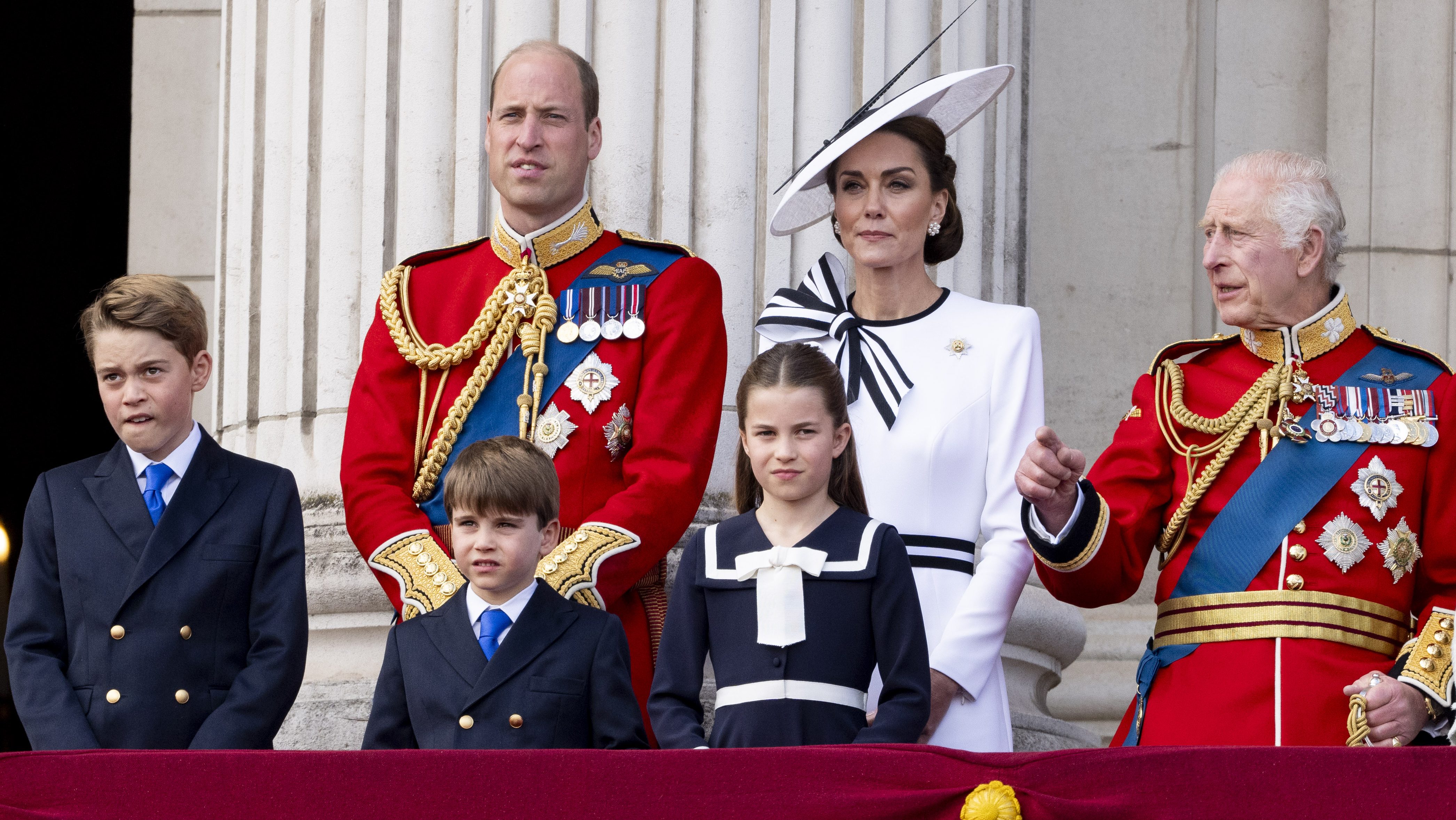This year may go down in history as the year of the 40th anniversaries. Last month marked the 40th anniversary of the moon landing. Books, films and concerts are set to commemorate this month’s 40th anniversary of peace, love and music at Woodstock. October will bring a renewed celebration of the Miracle Mets’ unlikely 1969 World Series victory.
If you’re going to live in the past, 1969 is a pretty good year to get lost in, especially when it comes to music. Led Zeppelin released their first album in January, kicking off a new era in rock barely three weeks before the Beatles’ final public performance, atop Apple’s London headquarters. The year ended with the Rolling Stones’ tragic Altamont concert and the Jackson 5’s first album.
There are day-by-day guides to the history of the Beatles, the most chronicled music act in history. But one Fab Four anniversary from 40 years ago stands out: the group’s iconic stroll across Abbey Road on Aug. 8, 1969.
The album cover that’s generated endless accolades, imitations and Paul-is-dead conspiracy theories (Paul’s barefoot, so he must be a corpse ready for burial. The license plate on the car in the background ends “28IF” – the age Paul would have been had he lived, even though he was only 27 in 1969…) came about on a whim.
The group originally planned to call the album “Everest” in honor of the brand of cigarettes favored by their recording engineer, Geoff Emerick. They even toyed with taking a trip to Tibet and shooting the cover at Mount Everest.
But the Beatles, who barely were talking to one another as they recorded what would be their final album (“Let it Be” was recorded earlier, released later), ultimately decided a major outing would be too much trouble.
“F--- it; let’s just step outside and name it ‘Abbey Road,’” Ringo Starr said, according to Emerick’s exceptional memoir, “Here, There and Everywhere.”
U.S. & World
So they took to the zebra crossing in front of the London studio where they had recorded their best work and instantly created a classic album cover.
The album they were nearing completion on that hot August day would prove among their best: George Harrison’s “Something” and “Here Comes the Sun,” arguably are as good as just about anything ever written by John Lennon and Paul McCartney. The harmonies on “Because” are hauntingly beautiful. “Come Together” and “Oh, Darling” are great rockers. The second side’s grand medley ends, appropriately, with “The End,” with Starr taking a rare drum solo and the three others trading guitar licks like they were teenagers back on a seedy club stage in Hamburg.
The walk across Abbey Road, even more so than the rooftop concert, marks the Beatles’ symbolic goodbye as a group. They’re together one last time, walking in the same lockstep they somehow managed to maintain in their music. Yet they’re walking away from the recording studio – and, presumably, from one another.
While this anniversary hasn’t gotten the kind of attention of other, larger scale 1969 events, hardcore fans are expected to gather Saturday to recreate the walk (hopefully the street will be blocked off – London drivers are notoriously unforgiving to the legions of tourists who dodge traffic year-round to snap pictures along Abbey Road).
So while it wasn’t a giant leap for mankind, the Beatles' Abbey Road stroll represents a final step for the world’s most successful band, and seems a moment worth noting in a year of looking back 40 years. Just wait until 2019…
Hester is founding director of the award-winning, multi-media NYCity News Service at the City University of New York Graduate School of Journalism. He is the former City Editor of the New York Daily News, where he started as a reporter in 1992.



